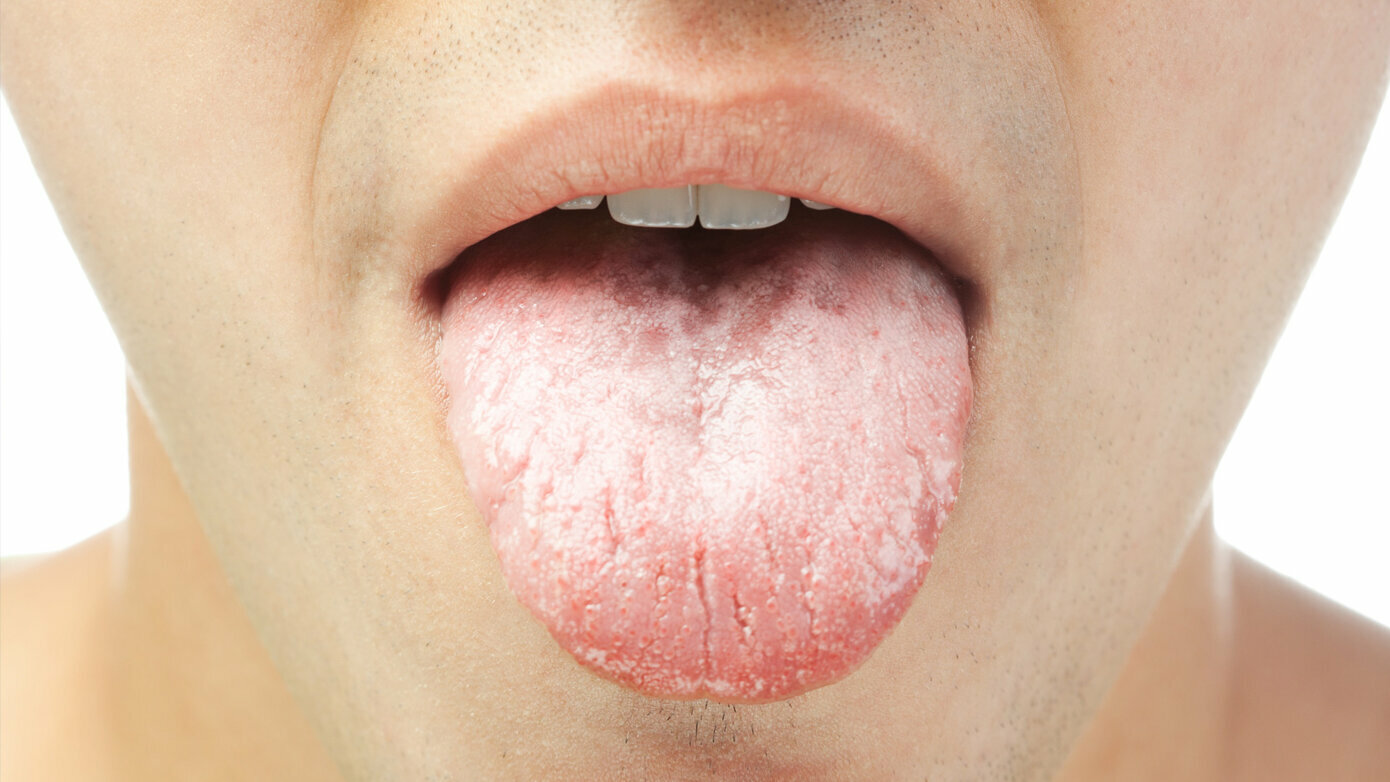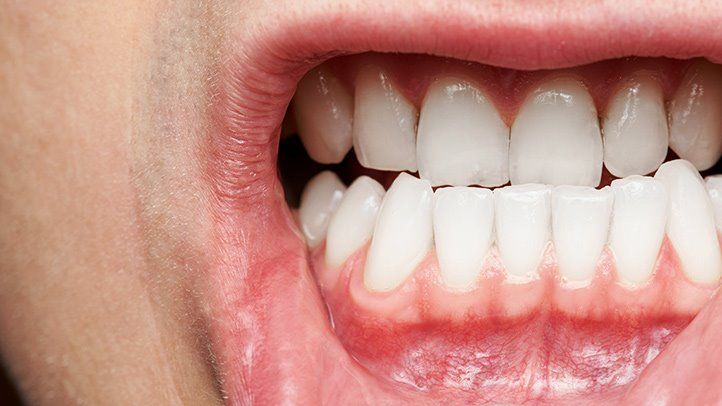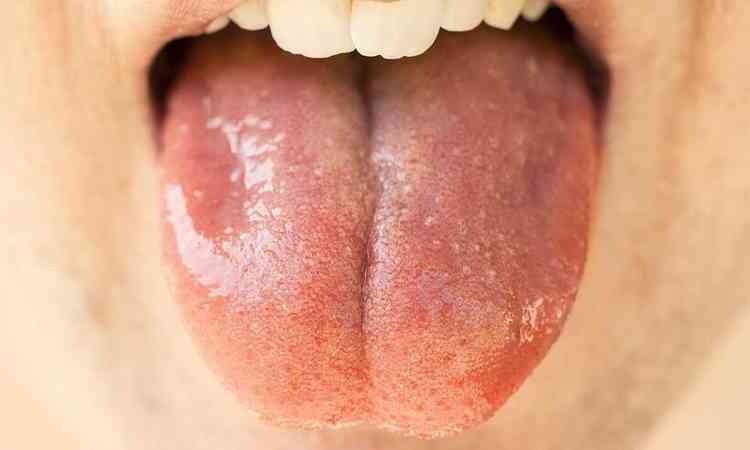Mastering Brushing Techniques for a Stellar Smile
Crafting the perfect daily oral hygiene routine might not hit the top of your excitement list, but it’s a cornerstone for keeping your pearly whites, well, sparkling. Brushing your teeth is something we all do (or should be doing) at least twice a day. It’s a ritual as ingrained in our morning and night routines as sipping that first cup of coffee or choosing the perfect playlist for the drive home. Yet, many of us are unaware that there’s an art to it—a technique that can elevate this mundane task to something that not only brightens your smile but also bolsters your overall oral health.
The Right Tools for Brushing Make All the Difference
First things first, selecting the right toothbrush and toothpaste is like choosing the right pair of running shoes—it can make or break your experience. Soft-bristled brushes are usually recommended by dental professionals because they are tough on plaque but gentle on your gums and enamel. As for toothpaste, look for one that contains fluoride, unless you have a specific reason not to, as it’s a key player in fighting tooth decay.
Timing is Everything
Most of us are guilty of underbrushing—not spending nearly enough time on this crucial activity. A solid two minutes is the gold standard, ensuring you’re giving each section of your mouth the attention it deserves. And while you’re clocking in those minutes, don’t forget about your tongue; a gentle brush there can fend off bacteria and bad breath.
Brushing: Technique, Technique, Technique
Ah, the crux of the matter. The technique can make a significant difference in your oral health. Start with your brush at a 45-degree angle to your gums, and use short, tooth-wide strokes. Pay special attention to the back teeth; neglecting them can lead to plaque build-up and cavities. And remember, brushing hard doesn’t mean brushing better. A gentle, circular motion is your best bet for dislodging that pesky plaque without damaging your gums.
The Order of Operations
You might not think the sequence in which you brush, floss, and rinse matters, but it does. Flossing before brushing allows you to dislodge food and plaque, making brushing more effective. And when it comes to rinsing, using a mouthwash after brushing can help remove any lingering particles and leave your mouth feeling fresh.
Keeping It Fresh
Just like any other routine, your brushing routine needs a refresh from time to time. This includes changing your toothbrush or brush head every three to four months, or sooner if the bristles are frayed. A worn-out brush won’t do your teeth any favours and can actually harm your gums.
But it’s not just about the physical act of brushing. Staying informed about the latest in dental health and incorporating new products or techniques can also contribute to a healthier mouth. Whether it’s trying out a new toothpaste flavour or switching to an electric toothbrush, small changes can make a big difference.
The bottom line is, while brushing your teeth might seem like just another part of your daily grind, giving it the attention and care it deserves can have a significant impact on your oral health. By choosing the right tools, dedicating enough time, mastering the technique, following the optimal sequence, and refreshing your routine regularly, you’re not just ensuring a healthier smile—you’re also taking a step towards overall health and wellbeing. So, next time you’re standing in front of the mirror, toothbrush in hand, remember that this simple act is a key player in your health routine, and give it the respect it deserves.




